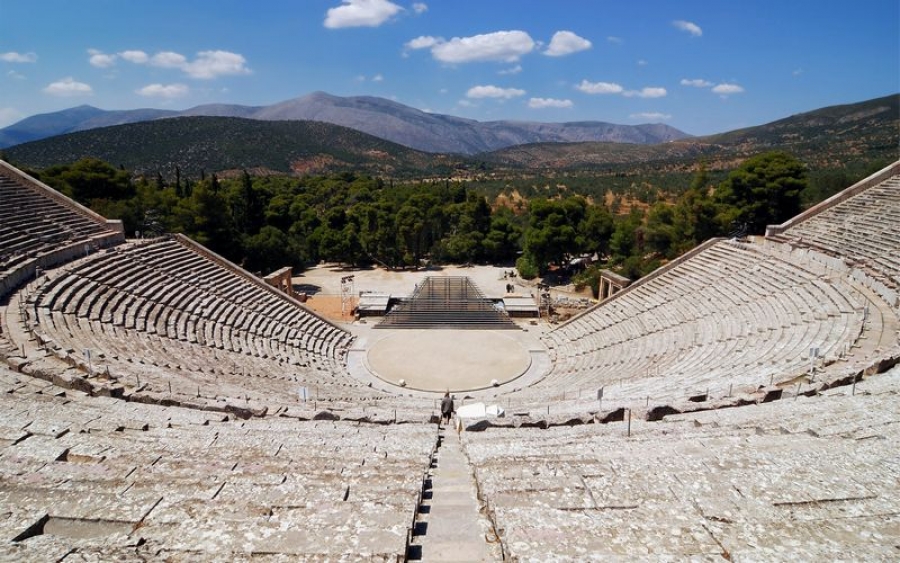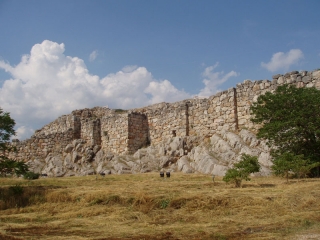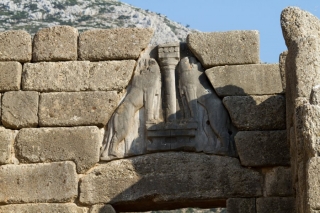
Epidaurus archaeological site & museum
Among the greatest monuments of Greek Antiquity, the famous theatre at the Asklepieion of Epidaurus, the finest and most renowned of its kind, combines perfect acoustics with elegance and symmetrical proportions, qualities praised already in the second century AD by traveller and geographer Pausanias. During the overall construction of the Asklepios sanctuary, the theatre was built on the west side of mount Kynortio, at the end of the classical era, in 340-330 BC. Until the third century AD, it hosted music, song and drama competitions during the Asklepian games taking place every four years in spring, after the Isthmia celebration, as well as drama performances in the worship of Asklepios. According to Pausanias, the theatre was designed by the architect Polykleitos the younger, who had also built the tholos (dome) in the same sanctuary almost fifty years earlier. This is disputed by several researchers pleading that the creator of the monument is still unknown.
On the slope of the hill lies the limestone cavea, laterally supported by poros stone walls. It was built in two phases. Initially there was only the lower tier, with an 8,000 seat capacity, while the upper part, the epitheatro, was added in the mid-second century BC, increasing the theatre's capacity to 13,000-14,000 seats. A paved diazoma (landing), 1.90m in width, separates the two parts of the cavea. The lower part contains 34 rows of seats, divided by 13 radiating stairways into 12 equal cunei, while the upper part contains 21 rows, and 12 more radiating stairways split each cuneus in two sections. The first and the last row of the lower part, plus the first row of the epitheatro have backed seats. The cavea was surrounded by a corridor and a protective wall of poros stone, pierced by a central entrance. Monumental two-door propyla (entrance doors) at the parodoi (passageways) led to the proscenium (front of scene) through an ascending ramp. A wide corridor separates the cavea from the orchestra, which is a perfect circle 20m in diameter; at its centre stands the foundation of the Dionysus altar, the thymeli. The theatre's excellent harmony is due to unique planning, based on a regular pentagon enclosing the orchestra, and the use of three middle points for the layout of the curved tiers, according to the cavea its particular egg-shaped form: the first point is at the centre of the orchestra for the layout of the central tiers, and the other two equally distant from the first, for the layout of the side tiers (on the left and the right). By this subterfuge, and others such as creating cavities at the base of seats, the architect improved the absorption and reverberation of sound waves.
https://nafpliolife.gr/index.php/sightseeing/sightseeing-in-argolida-county/epidaurus-archaeological-site-museum.html#sigProGalleriaf03118e9f0




